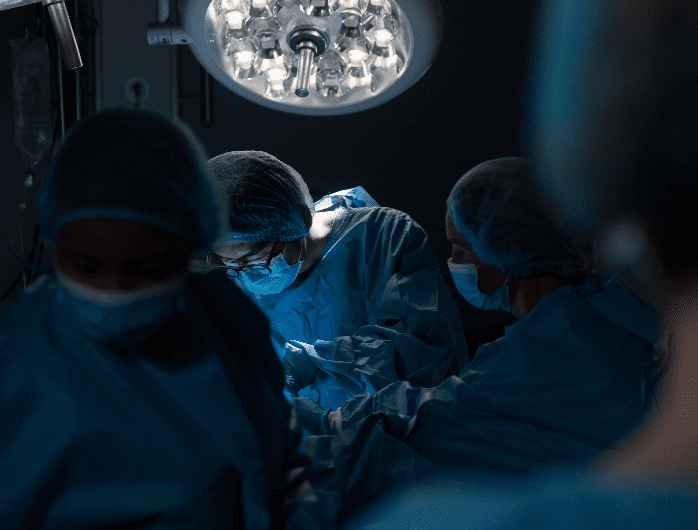Effect of Washes and Centrifugation on the Efficacy of Lipofilling With or Without Local Anesthetic

Background
Among the different parameters that influence fat graft survival and lipofilling success, the use of local anesthetic and the way to process the fat before injection have often been pointed out. Likewise, we evaluated different techniques for processing adipose tissue before its in- jection and analyzed the quality of the grafts.
Methods
Adipose tissue from the same patient was gently harvested from one side of the abdomen after infiltration of a tumescent solution without lido- caine and from the other side of the abdomen using a tumescent solution con- taining lidocaine 2%. Harvested tissue was prepared with different protocols, from simple decantation to advanced protocols including single or multiple washes and centrifugations. Each type of processed adipose tissue was then injected subcutaneously into immunodeficient mice. Adipose grafts were col- lected after 1 month and analyzed by histology with a detailed scoring method.
Results
After lidocaine use, decantation protocol led to adipose grafts of poor quality with high resorption rate and oil vacuole formation. Larger grafts were obtained after centrifugation, but centrifugation alone resulted in increased fibrosis and necrosis, with or without the use of lidocaine. Finally, multiple washes and centrifugations greatly improved the quality of the lipografts.
Conclusions
Centrifugation alone is not sufficient and must be associ- ated with multiple washes to improve graft quality. This article aims to provide further evidence of lidocaine and washing/centrifugation effects in fat grafting to provide easy tips aimed at ensuring graft efficiency with a long-term clinical outcome. (Plast Reconstr Surg Glob Open 2015;3:e496; doi: 10.1097/GOX.0000000000000465; Published online 27 August 2015.)